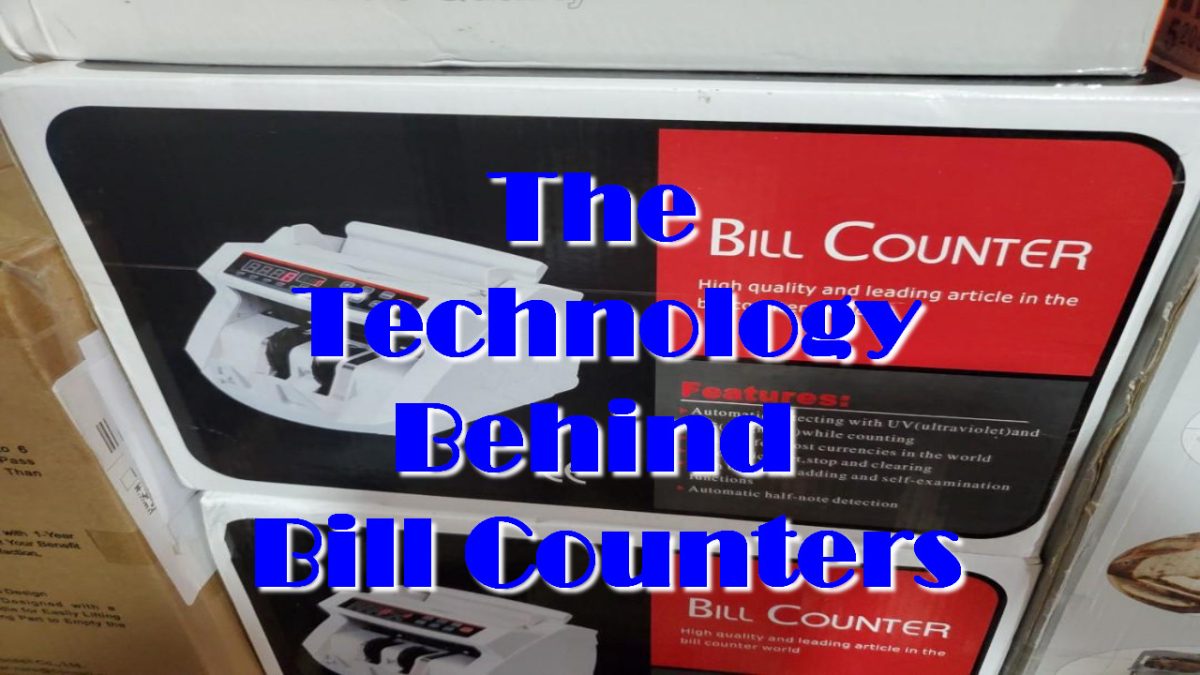Are you in the market for a bill counter but don’t know anything about how they work? Understanding the technology behind these machines is key to selecting the right one for your needs. If you work in a business that needs to count large amounts of cash, bill counters can be an invaluable asset. Bill counters help to quickly and accurately tally bills. They are also useful for sorting currency based on determined denominations. People who regularly deal with large volumes of cash need accurate counting equipment that can quickly verify printed currency as genuine.
A currency counter machine is an invaluable time-saving device used to quickly and accurately count large quantities of cash, checks, and other documents. Currency-counting machines use advanced technology to keep up with increasingly sophisticated counterfeiting methods. To make this possible, many bill counters are loaded with a variety of features and use innovative technologies that help validate the authenticity and provide superior accuracy when counting large amounts of money. Here’s an overview of the technology behind money counters.
UV Detection Feature
Most currency counterfeiting is done with the use of ultraviolet light-sensitive paper or ink, so many bill counters feature ultraviolet (UV) sensors that detect bills marked with UV-sensitive inks and papers. The UV light allows counterfeits to be detected without damaging the paper in any way and is often used as part of a multi-layer security system that ensures counterfeit banknotes do not enter circulation. This detector emits specific wavelengths of UV light, which enables it to identify counterfeit notes with great accuracy.
Magnetic Detection Feature
The magnetic detection feature on some newer bill counters allows users to authenticate the authenticity of dollars by magnetically recognizing certain metals embedded into US-issued currency. This is a great way to protect against medium complexity counterfeiting attempts as well as protect from fake notes produced with advanced mobile printing technologies such as color photocopy machines.
Optical Sensor Technology
Optical sensor technology is perhaps one of the most efficient tools available when it comes to detecting counterfeit money or even tampering incidents involving legitimate money; this is due to its precision within a small margin of recordable errors – typically less than 1%. The optical sensor works by counting each denomination by tracking its path length and angle, which provides maximum accuracy when counting large amounts of cash at high speeds; optical sensors can detect various print features such as creases, tears, and folds in both reels and individual quarters, dimes and nickels, etc., as well identifying different series years – all within seconds at up to 1200 notes per minute!
Infrared Scanning Ability
Infrared scanning abilities are typically included within more advanced models providing customers with another layer of counterfeit security during cash transactions; this is due to its ability to recognize resin-coated currency information up until 500 thousand inches deep or 022 million of an inch thick coatings depending upon denomination thicknesses! This helps identify new aged notes released since 2007 that have infrared tags embedded into them for easy recognition upon scanning physical currencies over an IR sensor, allowing the authentication verification process to be successful completion before entering circulation as real legal tenders once again!
Weight Measurement Feature
The weight measurement feature encompasses highly-accurate detection methods used now in modern-day bill counter machines: it calculates mass per unit area or simply measurements through “Read & Measure” number readings provided after each calibrated sample size comparison indicates level consistency making sure no discrepancies exist between machine’s recorded data readings versus physical properties printed onto actual samples analyzed over time using their respective mean averages established afterward! All this helps banknote counters measure tolerance levels accurately while staying within expected thresholds required when measuring weights across multiple denominations every single day, ensuring a perfect assessment process every time, especially where larger sums involved diminishing any potential risk factor meant otherwise occur could damage credibility overall financial institutions/ trusted automatic teller machines hoping to provide flawless service consumers worldwide without fail!

 Welcome to my blog, which is dedicated to home cooking. In this blog you will find a lot of simple and delicious recipes for cooking for your family.
Welcome to my blog, which is dedicated to home cooking. In this blog you will find a lot of simple and delicious recipes for cooking for your family.